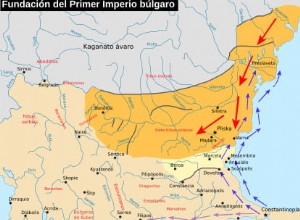Is there anyone who hasnt seen The Great Escape, the famous film by John Sturges, starring a host of stars (Steve MacQueen, James Garner, Charles Bronson, Richard Attenborough, James Coburn...)? It told a true story to the rhythm of Elmer Bernsteins catchy soundtrack:the mass escape of Allied pris




